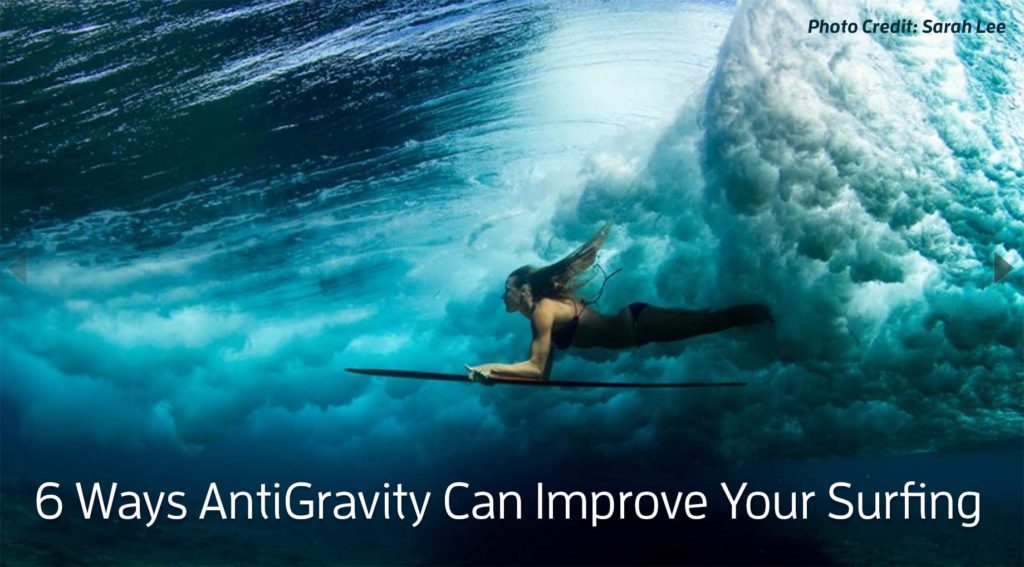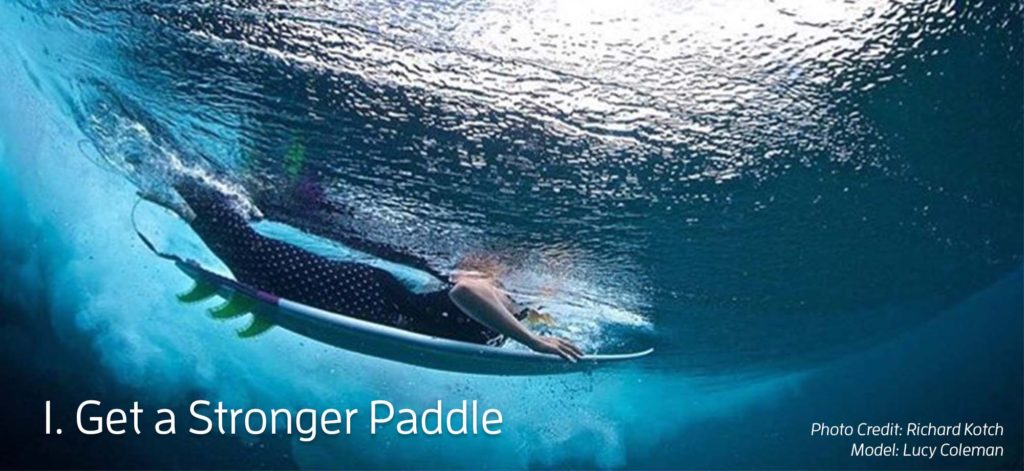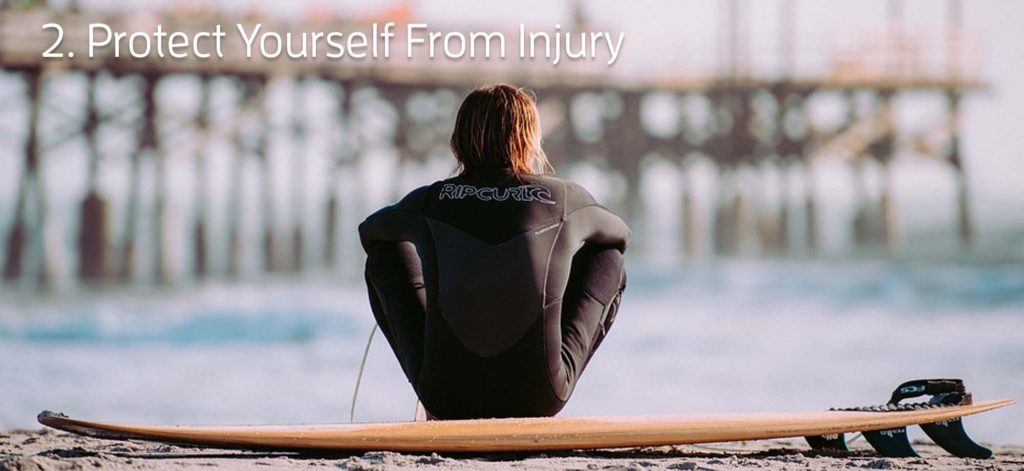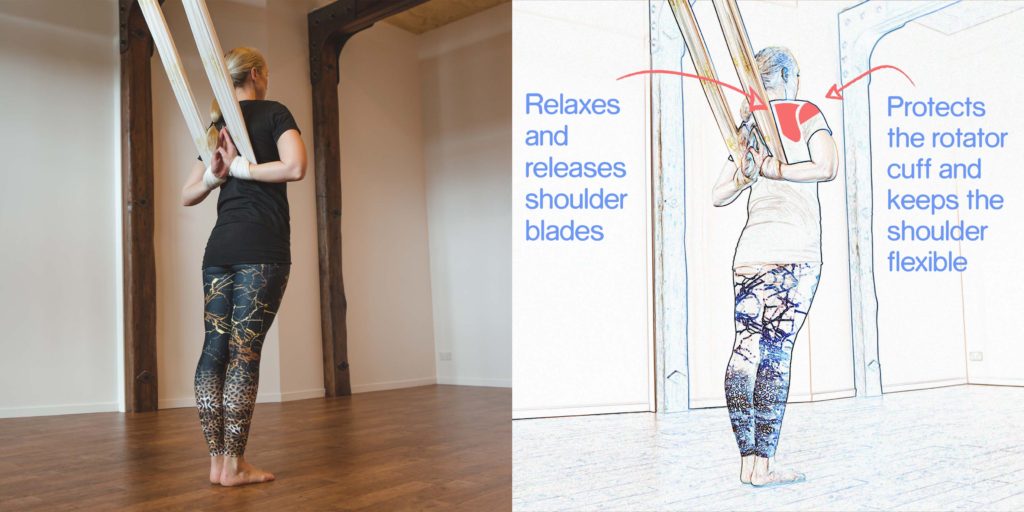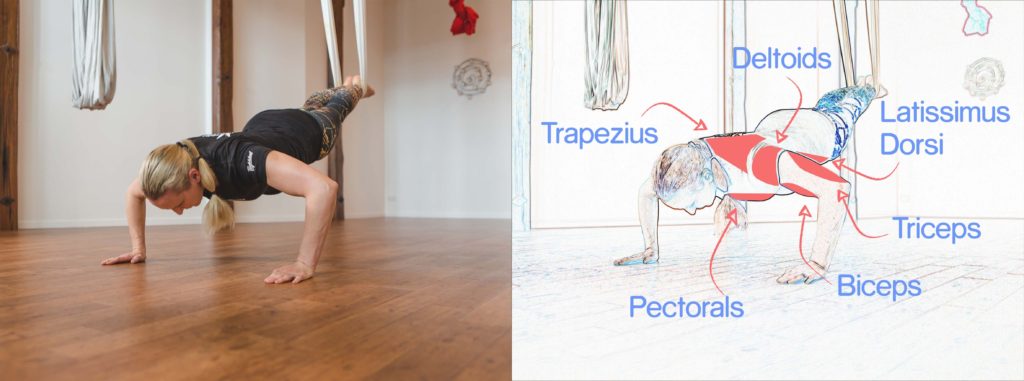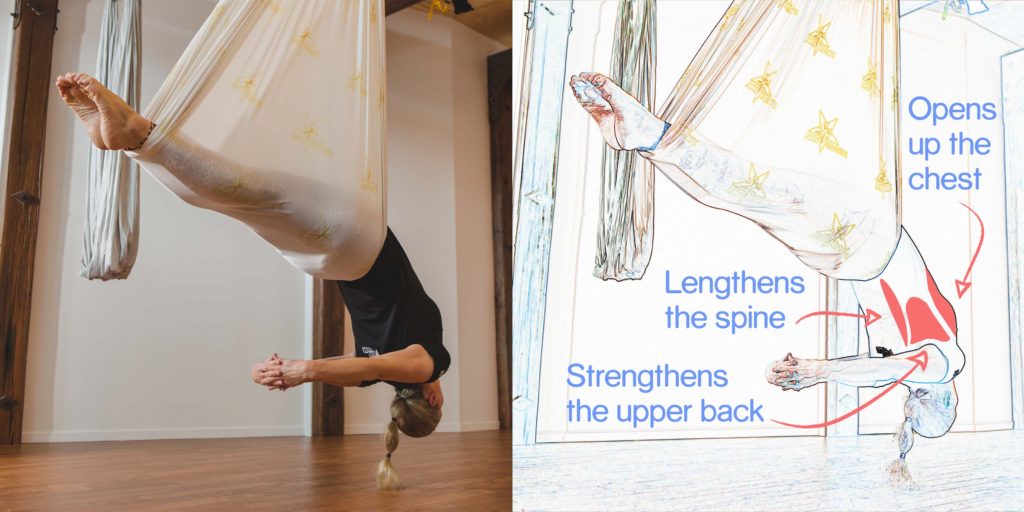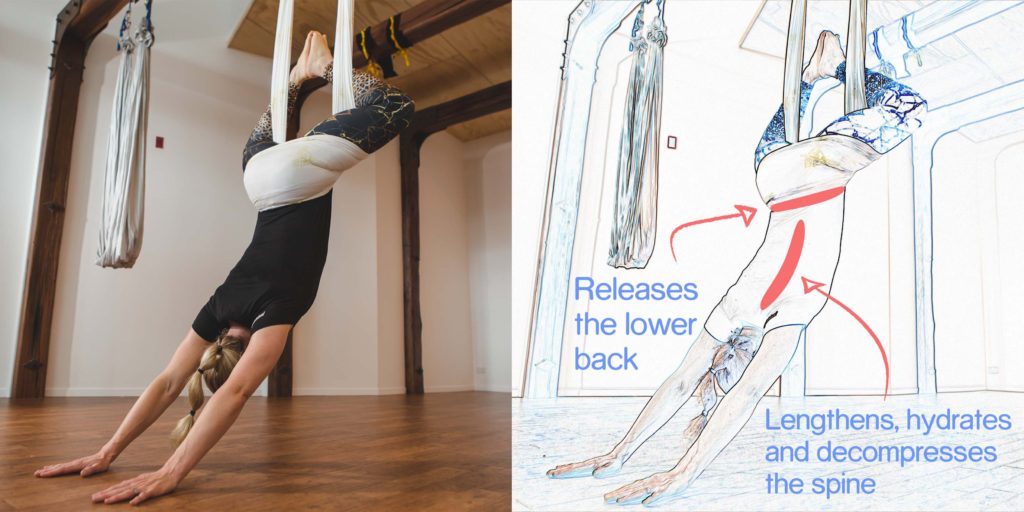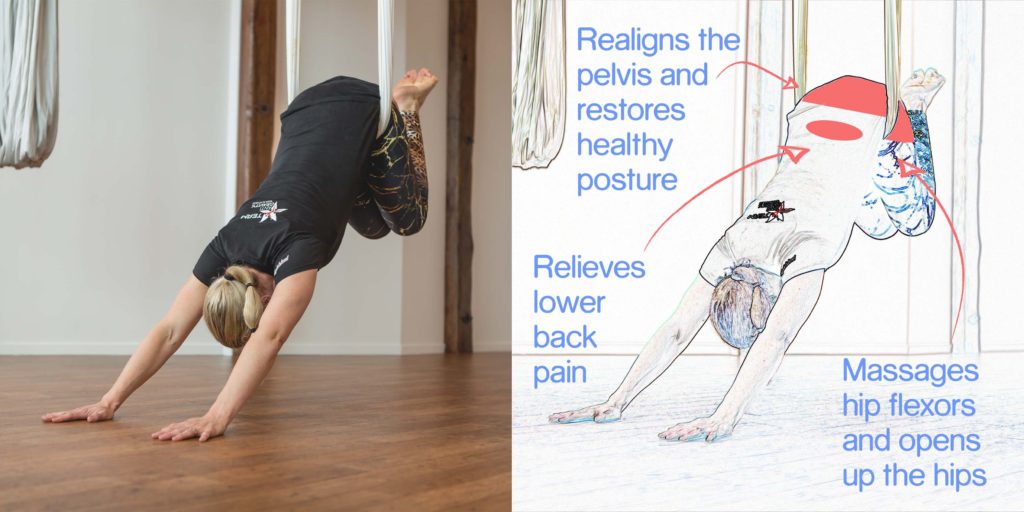AGF and Surfing
The pros make it look effortless, but if you’ve spent much time on a board, you know that surfing is one of the most skilful, demanding sports out there. Obviously, the best way to get better is to get out and practice. However, if you’re serious about improving your surfing, what you do out of the water is just as important.
Surfing works the entire body, relying on all-over strength, flexibility, stamina and balance. A good land fitness routine incorporates all of these elements, which translates to bigger waves and better tricks in the water. You get much more enjoyment out of your surf time, and the regular workout keeps you sharp during flat spells.
So what’s the best workout for improving your surfing?
One workout that can really step up your game is AntiGravity® Fitness. Designed by a world-famous choreographer, AntiGravity® Fitness is a combination of yoga, dance, acrobatics and aerial arts, performed in special ceiling-mounted hammocks.
What does this have to do with surfing?
Well, the unstable hammocks add an extra layer of intensity to the workout, making it a great supplement to high-performance sports like surfing…
If you’ve ever found yourself stuck in the whitewater, paddling like crazy and getting nowhere fast, you’ll know why paddle strength is important! Without it, you’ll have to work much harder to cut through the water. You’ll have a tough time getting out the back to catch those bigger waves, and you’ll find yourself getting worn out pretty quickly.
A strong paddle makes surfing much easier and much more enjoyable. AntiGravity® helps you to improve your paddle strength and endurance by working the key arm and shoulder muscle groups involved in paddling. Most positions incorporate grips and pull-ups (below), which target the brachialis and brachioradialis muscles in the forearms, and the biceps, triceps, latissimus dorsi and deltoids in the upper arms and shoulders.
Some positions, like the plank, go a step further. Like a regular plank, this position is great for strengthening the upper arms and shoulders. In an AntiGravity® plank, though, your feet are elevated by the Harrison Hammock, which means that those key paddling muscles are working even harder to support and stabilise you.
Effective paddling isn’t just about strength. Your shoulder goes through a wide range of motion as you paddle, and the repetitive movement can put quite a strain on this delicate structure. If your shoulders aren’t strong and flexible enough, you could find yourself with aches, pains, tightness, or even serious injuries.
The rotator cuff is a group of four muscles and various tendons that surround the shoulder joint. It keeps the shoulder stable and allows for the rotating motion you use when paddling. The cuff is vulnerable to overuse, which can lead to inflammation, tendonitis and even tears. A rotator cuff tear can be pretty nasty and difficult to recover from, sometimes requiring surgery and more than likely keeping you out of the water for a good while!
AntiGravity® Fitness has a number of techniques to loosen up those muscles and keep your shoulders flexible and injury-free. My favourite is the reverse prayer (below), which opens up the chest, releases the shoulder muscles and allows your shoulder blades to relax. In the water, this means that your shoulders can move much more freely as you paddle, and you’re much less likely to feel stiff after a long surf.
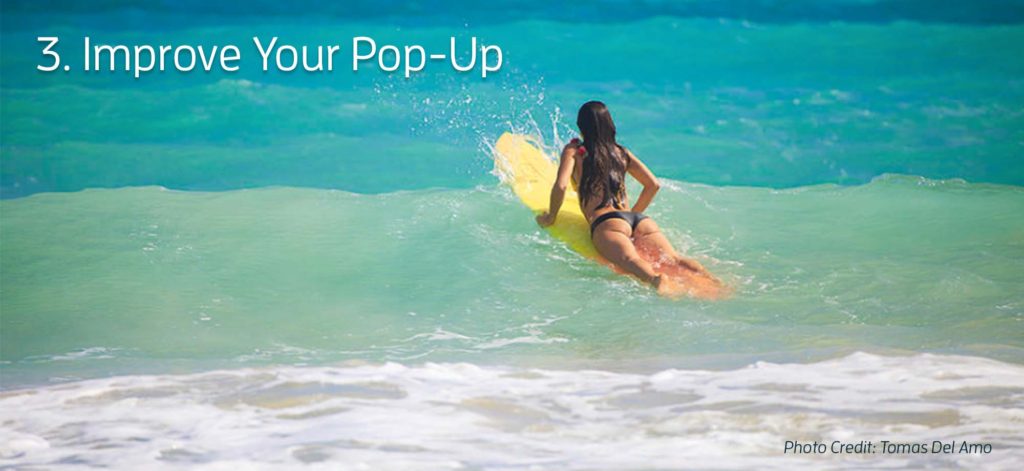 Being able to stand up quickly and smoothly can mean the difference between catching a wave and eating it. If your pop-up is weak or wobbly, you’re not going to have an easy time out there!
Being able to stand up quickly and smoothly can mean the difference between catching a wave and eating it. If your pop-up is weak or wobbly, you’re not going to have an easy time out there!
Push-ups are one of the best exercises for a strong, smooth pop-up. Not only do they strengthen your arm, shoulder and chest muscles, they also train them to perform the pop-up more efficiently by closely replicating the movements involved.
AntiGravity® Fitness takes push-ups (below) to the next level. Similar to the plank, the hammock suspends your feet and puts the emphasis on those upper body muscles, working them harder and more efficiently than a traditional push-up. The result is a strong, dynamic pop-up that looks and feels effortless.
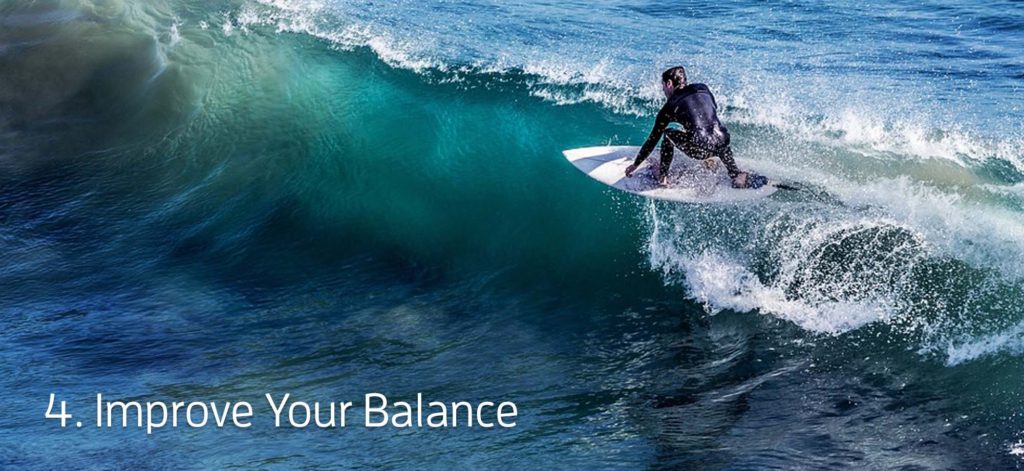 If you’re unsteady on your board, chances are you won’t be spending long on it! If you want to improve your balance, then it’s essential to work on your core strength.
If you’re unsteady on your board, chances are you won’t be spending long on it! If you want to improve your balance, then it’s essential to work on your core strength.
When you’re trying to stay on your board, your vestibular (balance) system is detecting your shifting position and signalling to your core muscles to move in specific ways to keep you upright. This relationship is called co-ordination, and it gets quicker and stronger with practice. However, if your vestibular system is under-used, or your stabilising muscles are weak, then you’re going to have poor co-ordination and shaky balance. On the water, that means regular wipe-outs.
That’s where AntiGravity® Fitness comes in. Because of the three-dimensional movement of the hammock, you’re constantly working against instability as you perform AntiGravity® techniques. This improves co-ordination between the vestibular system and the core muscles, which become stronger and stronger as you use them to keep yourself aligned in the unstable hammock.
 Back pain is one of the most common complaints from surfers. You need to keep up a demanding posture for long periods of time, and movements like reos create lots of twisting and hyper-extension in your lower back.
Back pain is one of the most common complaints from surfers. You need to keep up a demanding posture for long periods of time, and movements like reos create lots of twisting and hyper-extension in your lower back.
This is where AntiGravity® Fitness really excels. Our backs are actually meant to move in all directions, but by the time we get to adulthood, things like sitting, driving and poor posture cause us to lose a lot of our spinal flexibility. So when you’re out on the water, twisting and turning, it can feel painful and unnatural.
In AntiGravity® Fitness classes, we practice backbends like the swan dive (below) and the bell, designed to restore the full range of motion to your spine and protect you from back strain. The hammock supports you in a reversed position, using your own body weight to stretch and lengthen your spine, strengthen the upper back and open up the chest.
As a surfer, flexibility isn’t the only issue that can affect your spinal health. If you feel a deep ache in your lower back when you stand or sit, or a sharp pain when you move your hips, you may be suffering from strain in your quadratus lumborum (QL) or erector spinae (ES) muscles. These are situated either side of your spine at the base of your back, and they’re particularly active when you surf.
I teach a number of AntiGravity® Fitness techniques that focus on building up the lower back. The hip plank and the Mission Impossible (below), are especially effective for strengthening the QL and ES muscles, supporting and protecting your back when you’re on the water.
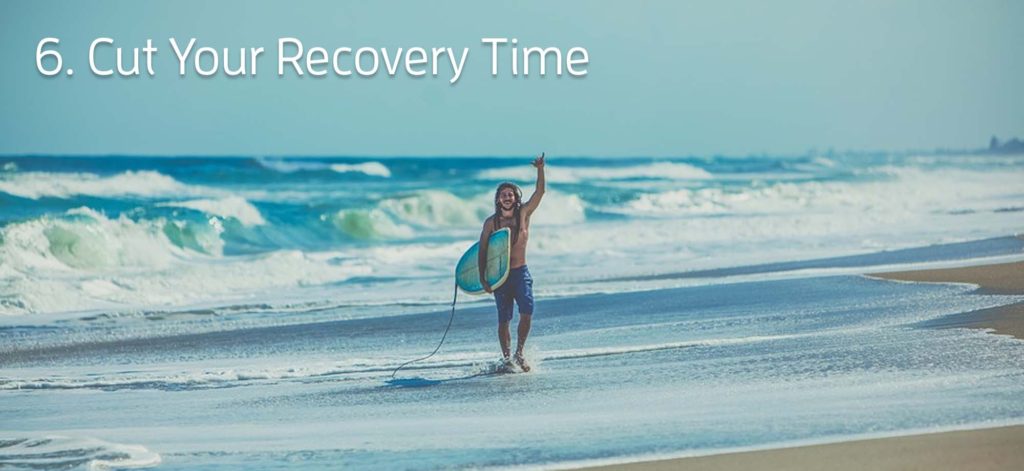 As fun as surfing is, it’s also an intense workout for your whole body. Like any workout, recovery is essential, but I know how tempting it is to ignore those aches and pains when the waves are pumping! AntiGravity® Fitness can help by cutting your recovery time short, leaving you free to spend more time in the water without overdoing it.
As fun as surfing is, it’s also an intense workout for your whole body. Like any workout, recovery is essential, but I know how tempting it is to ignore those aches and pains when the waves are pumping! AntiGravity® Fitness can help by cutting your recovery time short, leaving you free to spend more time in the water without overdoing it.
I teach a two-point AntiGravity® Fitness technique called the Super 2 Combo, which focuses on boosting spinal health and relieving tightness in the back and hips.
Step 1: Zero-Compression Inversions
The Super 2 Combo begins with our famous zero-compression inversions (below). This unique position takes all the pressure off your lower back, allowing your spine to lengthen and decompress. This brings much-needed blood flow and hydration into the discs between the vertebrae, which helps your back to move more freely. You’ll enjoy much greater flexibility and movement in the water, which will keep your back from feeling stiff and sore afterwards.
Step 2: Front Belt Inversions
Tight hip flexor muscles can cause you to pull your pelvis forwards and upwards, shifting your posture and creating a muscle imbalance in your lower back. The second step in the Super 2 Combo is a front belt inversion (below), designed to lengthen and release your hip flexors via deep pressur massage. This opens up the hips, restores balance, relieves pain, and prevents you from experiencing post-surf stiffness in your hips and lower back.
Want to take your surfing up a level? To find out more about the class, call us on 07 575 6070 to book.
Course developed with support of Chris Butler. Photography by Taylor Shea
SaveSave
SaveSave
SaveSave
SaveSave
SaveSaveSaveSave
SaveSave
SaveSave
SaveSaveSaveSave
